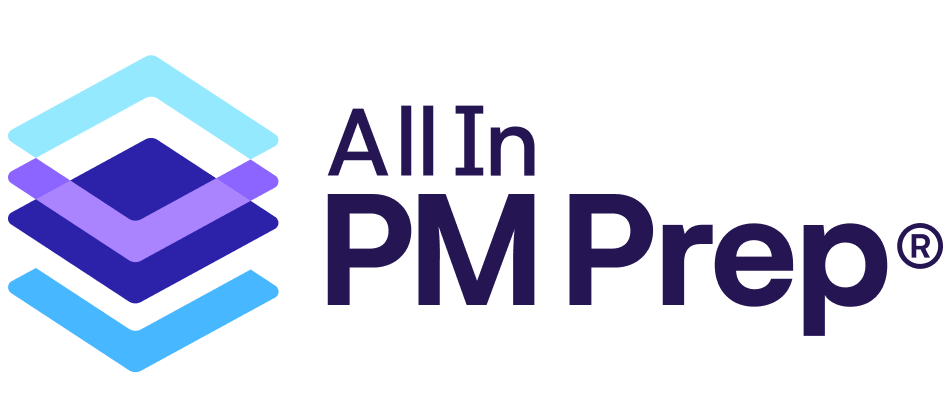Imagine sitting down at a restaurant with a group of friends. Drinks arrive, salads are tossed, pasta is steaming hot… but the steak isn’t ready yet.
The server waits until every entrée is finished before serving. Everyone at the table ends up waiting on the steak.
That’s the Critical Path Method (CPM) in project management. The longest, most constrained task determines when the project finishes.
A restaurant kitchen works like a project team.
- The salad chef finishes quickly.
- The pasta cook moves fast.
- The grill master takes longer.
No matter how efficient the other chefs are, the meal can’t be served until the steak is done. The steak is the critical path task.
Some dishes depend on others. Pasta sauce must be ready before the noodles are tossed. Cheesecake must chill before plating.
In projects, tasks also line up in dependencies. A delay in one step cascades into the next. That chain is what creates the critical path.
Not every activity controls the schedule. While the steak cooks, a barista can prep coffee or a busser can reset tables.
Those activities have float — slack in the schedule. Delay them a little, and the overall serving time doesn’t change.
In projects, float helps managers know where they have flexibility — and where they don’t.
Eliyahu Goldratt’s The Goal used the story of Herbie — the slow hiker who set the pace for an entire group.
In the restaurant, the steak is Herbie. It’s the slowest element, and it controls when everyone can eat.
The Theory of Constraints (TOC) tells us: find the bottleneck, manage it, and focus resources where it matters most.
A smart head chef doesn’t fight the steak — they plan around it.
- Start the steak earlier.
- Adjust the timing of the faster dishes.
- Add another grill cook to balance the load.
That’s what project managers do with critical path tasks. Identify them, monitor them, and focus resources where they matter most.
The longest task sets the pace. The steak defines the dinner.
Dependencies matter. Tasks cascade just like dishes in a kitchen.
Float creates flexibility. Not every delay changes the finish line.
Find your Herbie. Bottlenecks reveal the true constraints.
Focus resources wisely. Manage the critical path to protect the schedule.
The next time you’re waiting for dinner, remember: the salads, pasta, and drinks don’t matter if the steak isn’t done.
That’s the essence of the critical path. In both restaurants and projects, one slow task can hold up everything else.
The project manager’s job is to spot it, manage it, and make sure the whole team — or the whole table — finishes together.



